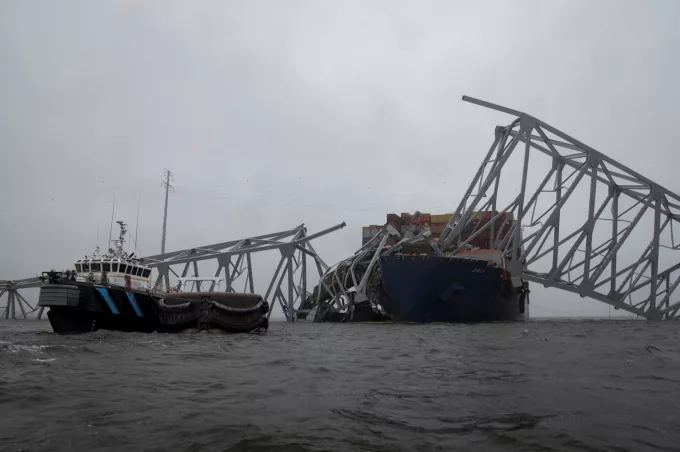De minimis change would be 'no bad thing' for logistics operators
Logistics suppliers appear increasingly unfazed by the chaos emanating out of the White House and ...

MV Dali, which destroyed the middle three sections of the Francis Scott Key Bridge last month, left the port in unseaworthy condition and with an untrained crew, the city of Baltimore alleges in a new lawsuit against Grace Ocean and Synergy Group.
The containership suffered power outages, leaving propulsion and steering unresponsive in the crucial minute as it approached the bridge, the crew powerless to prevent the collision.
Following the incident, a legal case began between the Baltimore city ...
Volcanic disruption at Anchorage could hit transpacific airfreight operations
Macron calls for ‘suspension’ – CMA CGM's $20bn US investment in doubt
De minimis exemption on shipments from China to the US will end in May
Forwarders stay cool as US 'liberation day' tariffs threaten 'global trade war'
Looming Trump tariffs will create 'a bureaucratic monster' for Customs
Mixed response in US to 'Liberation Day', while China leads wave of retaliation
Tariffs and de minimis set air freight rates on a volatile course

Comment on this article